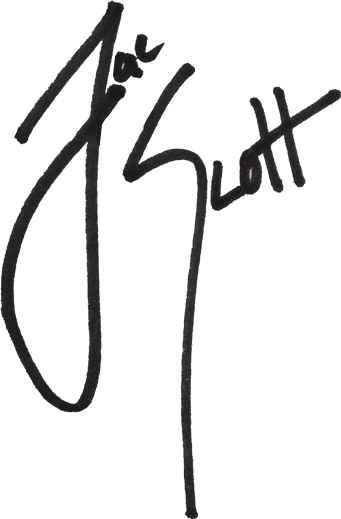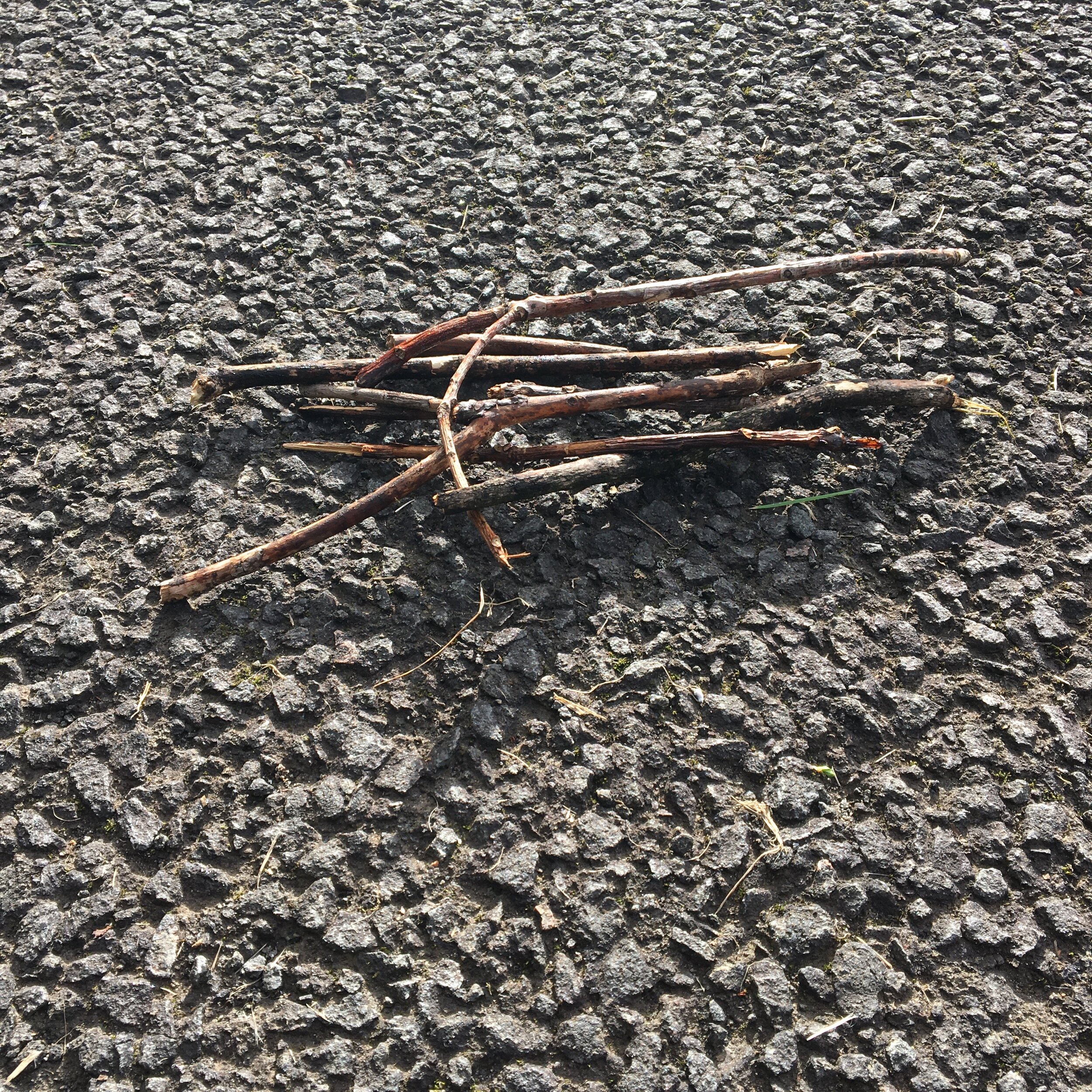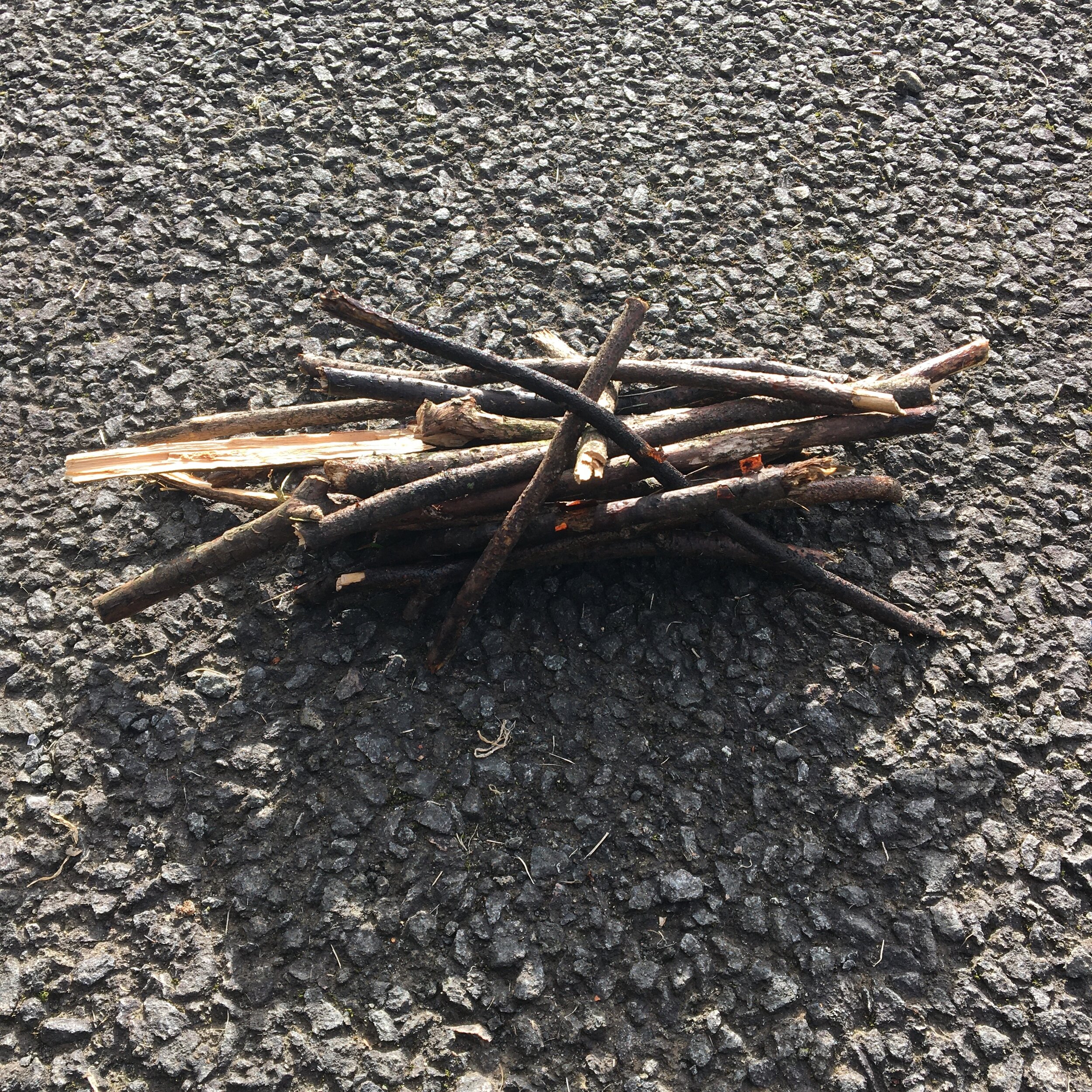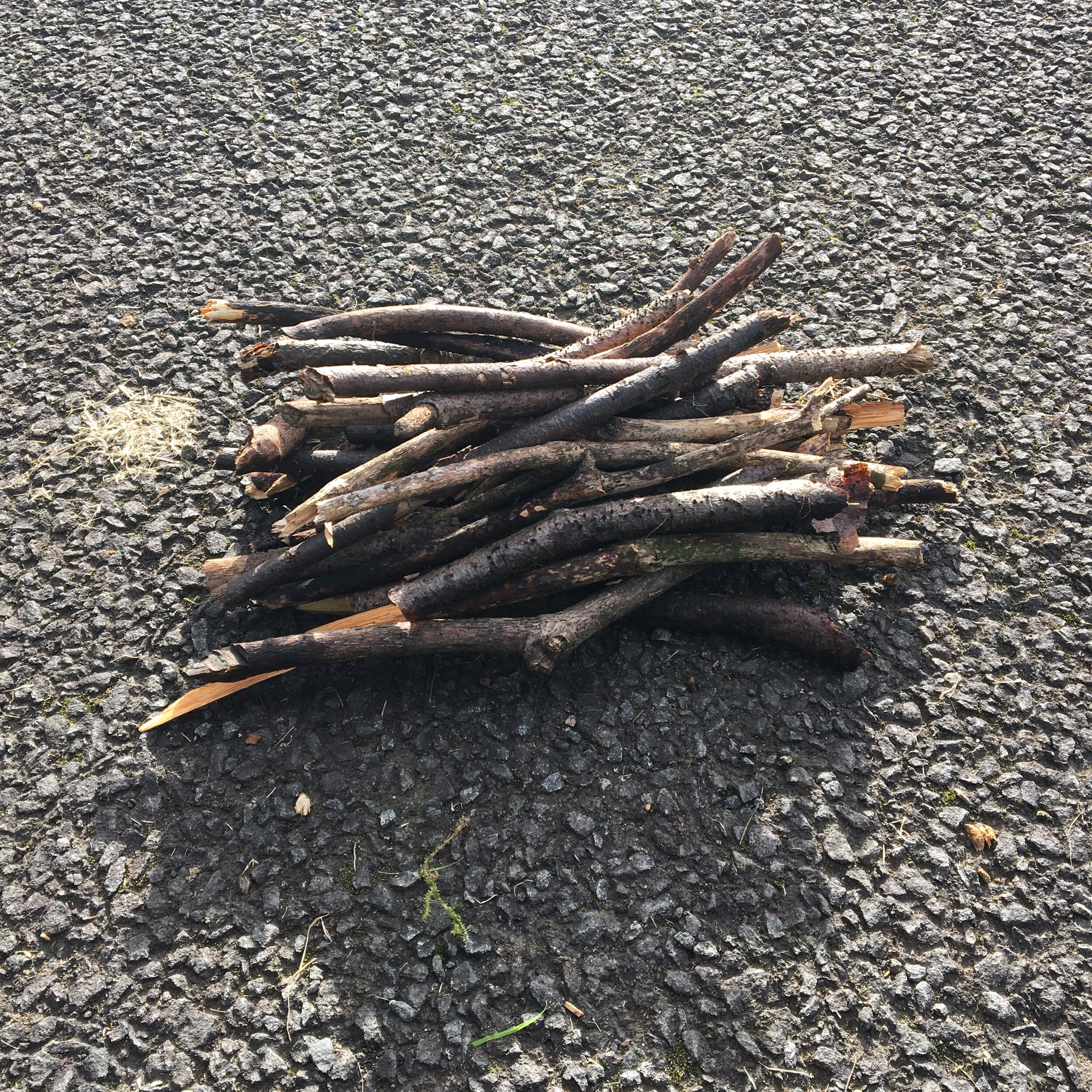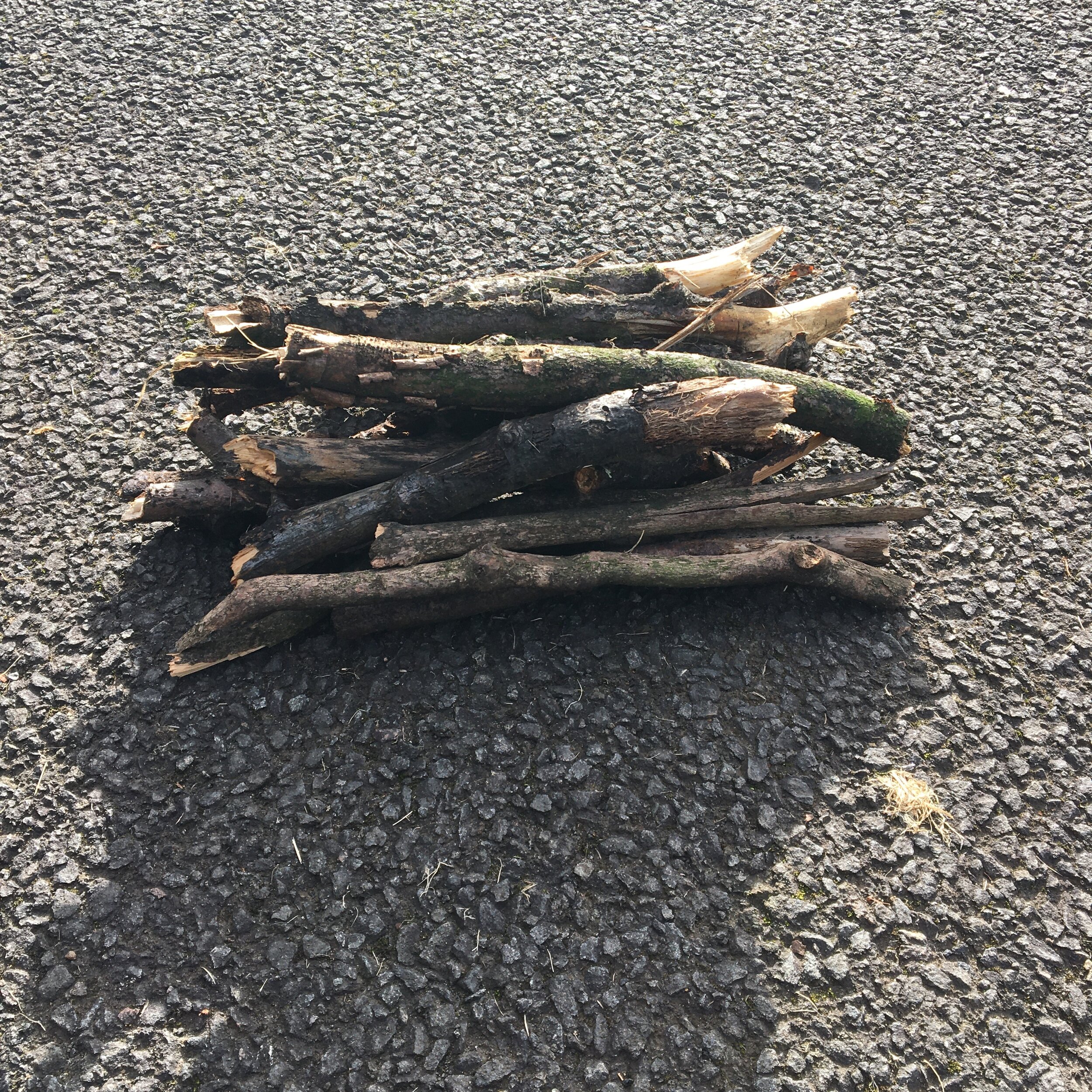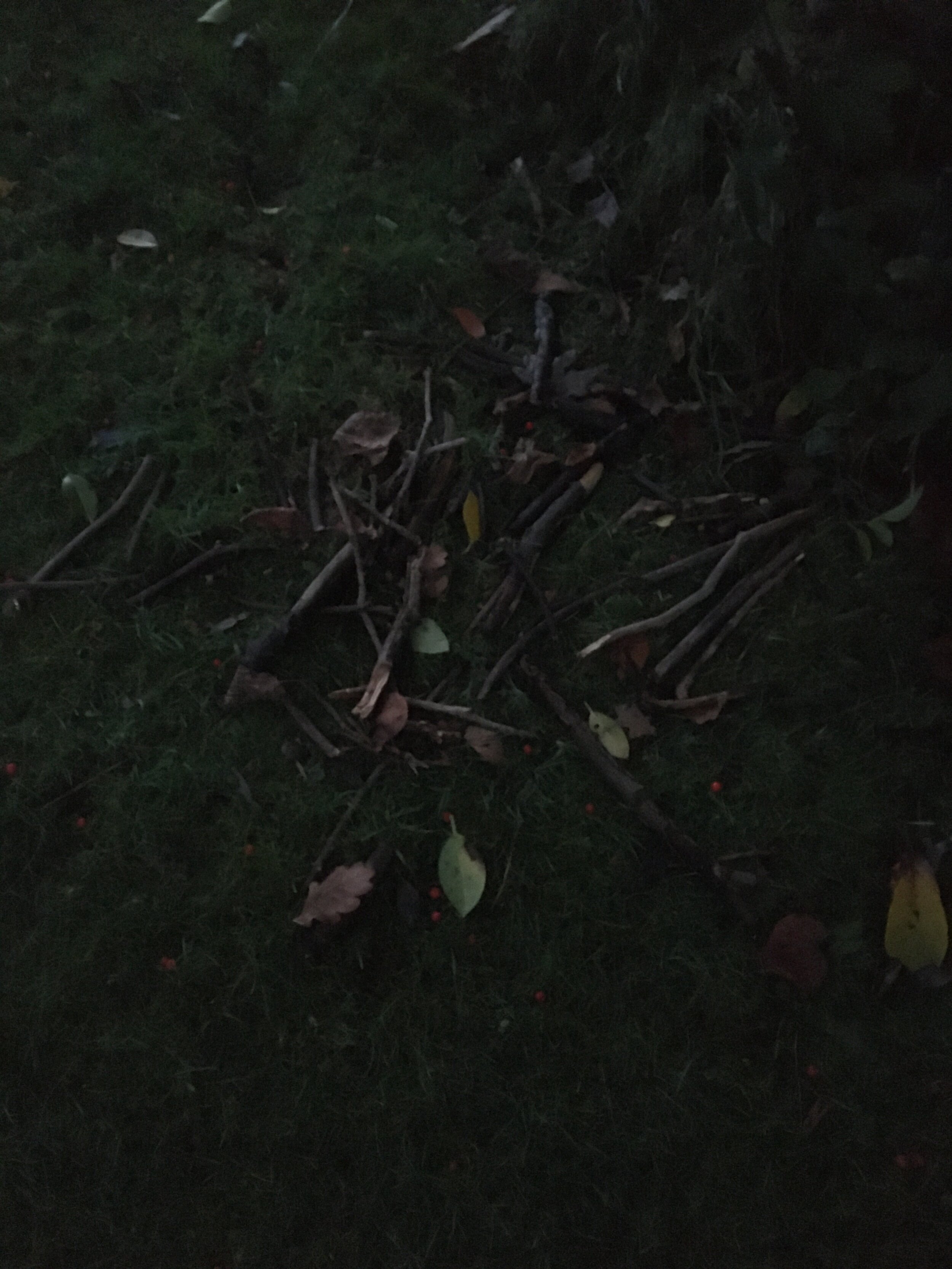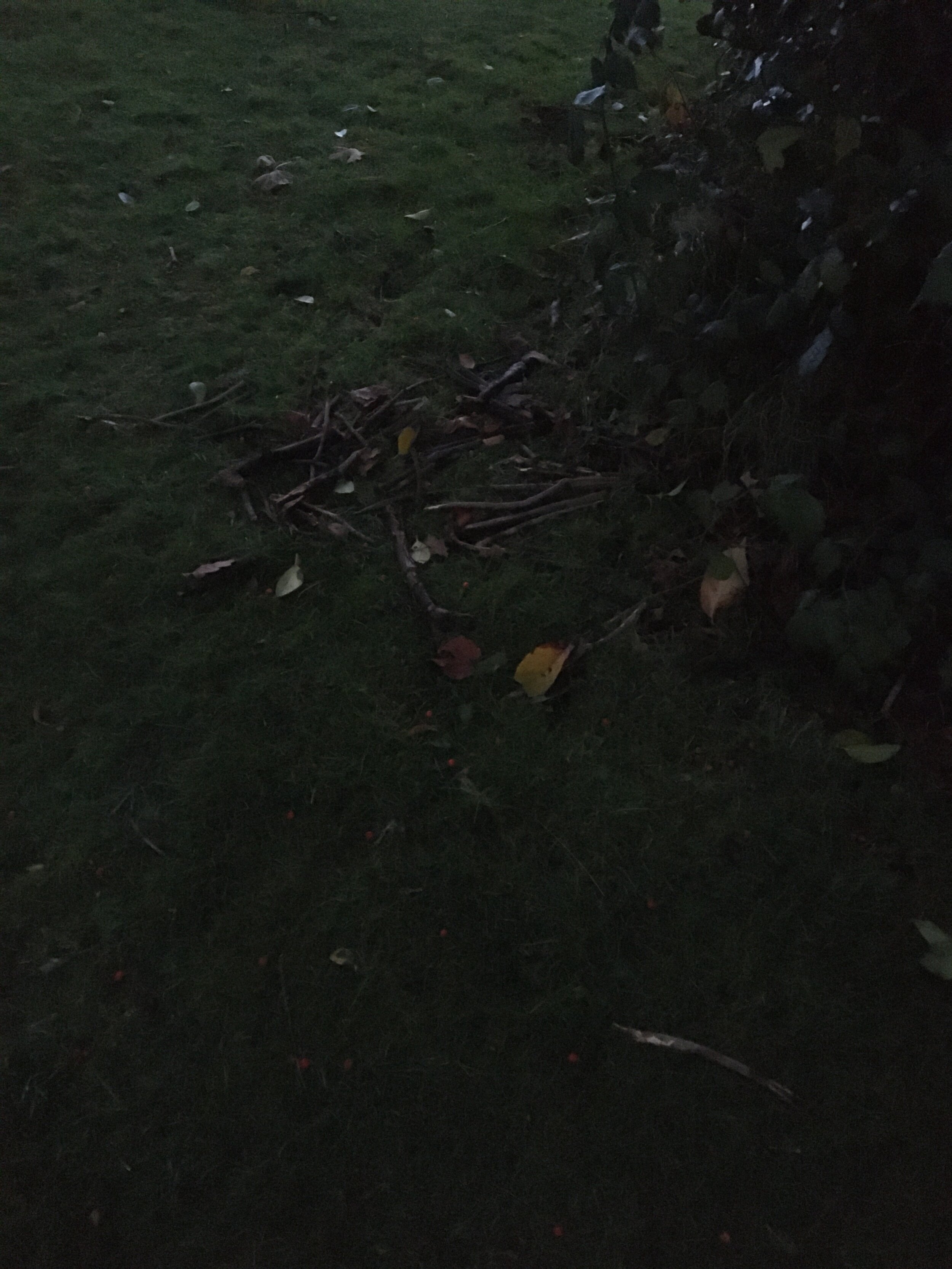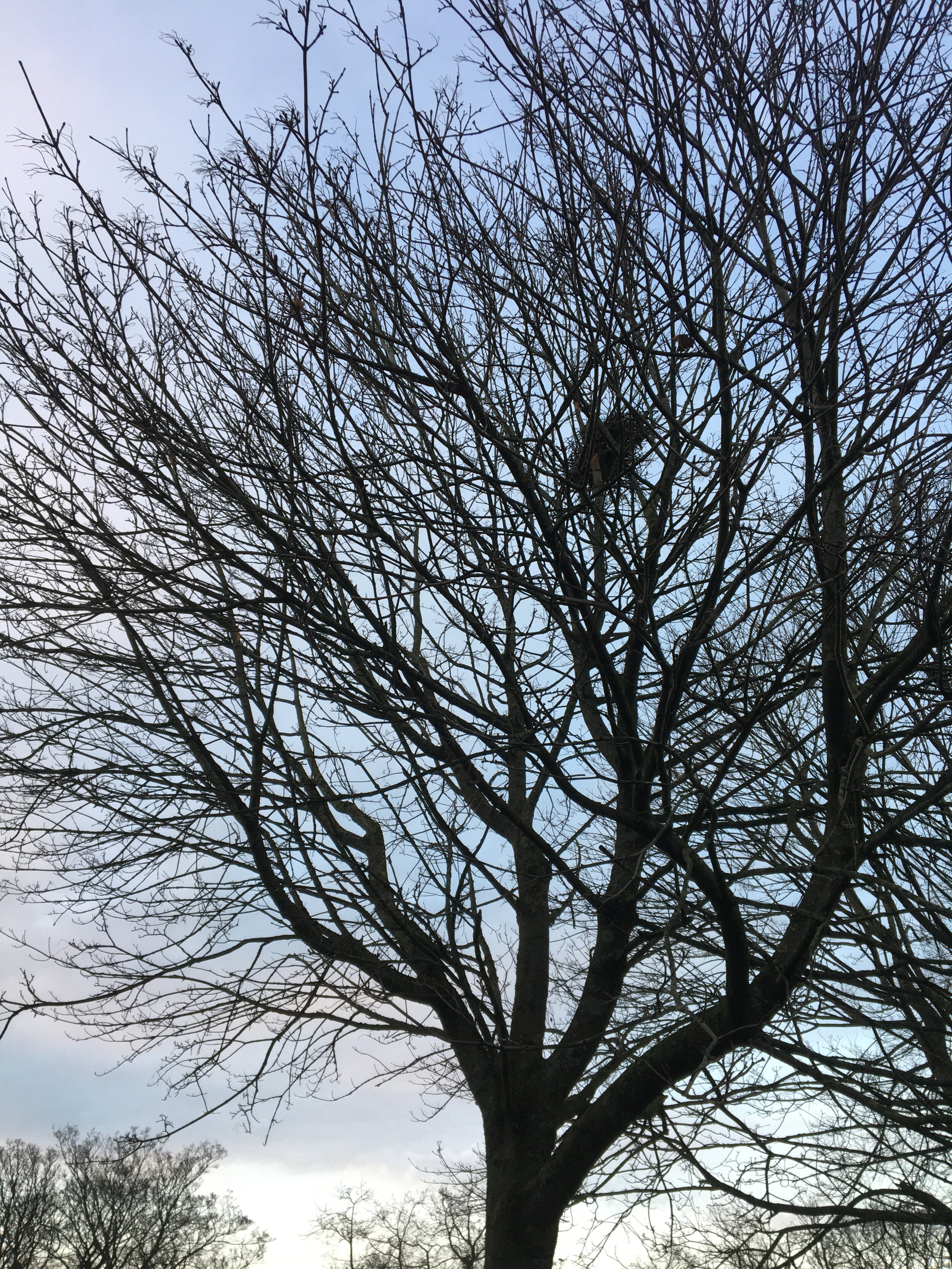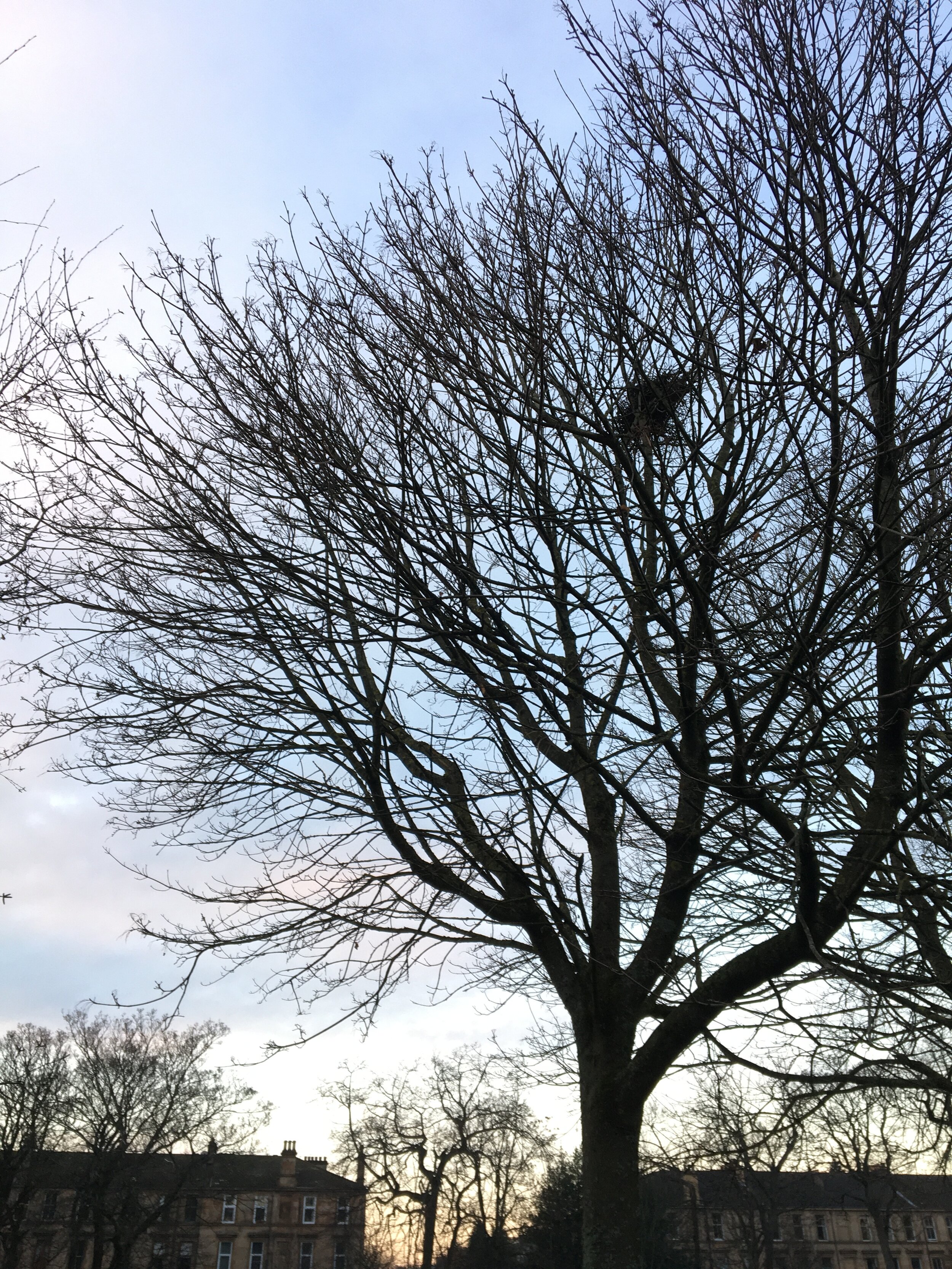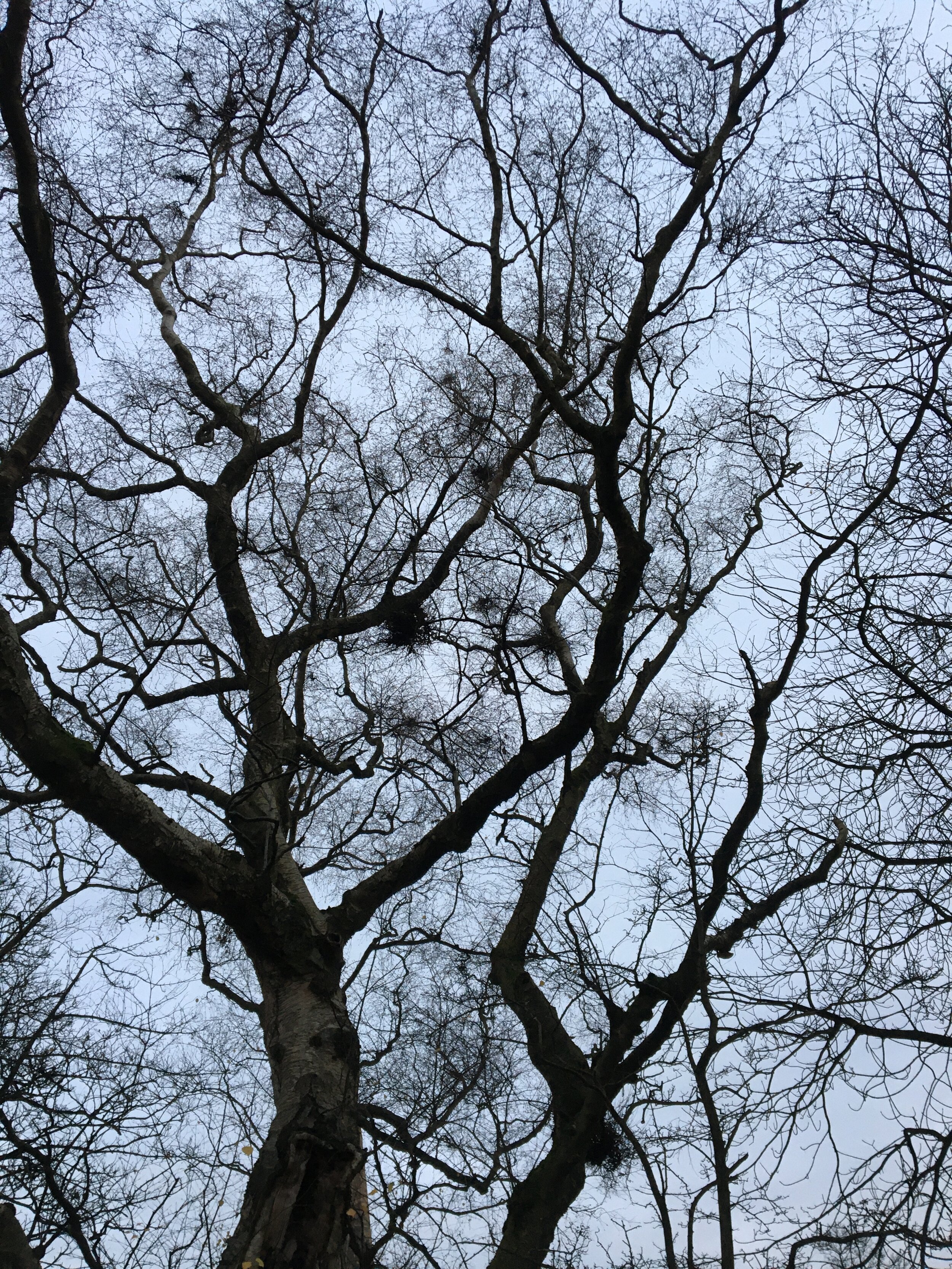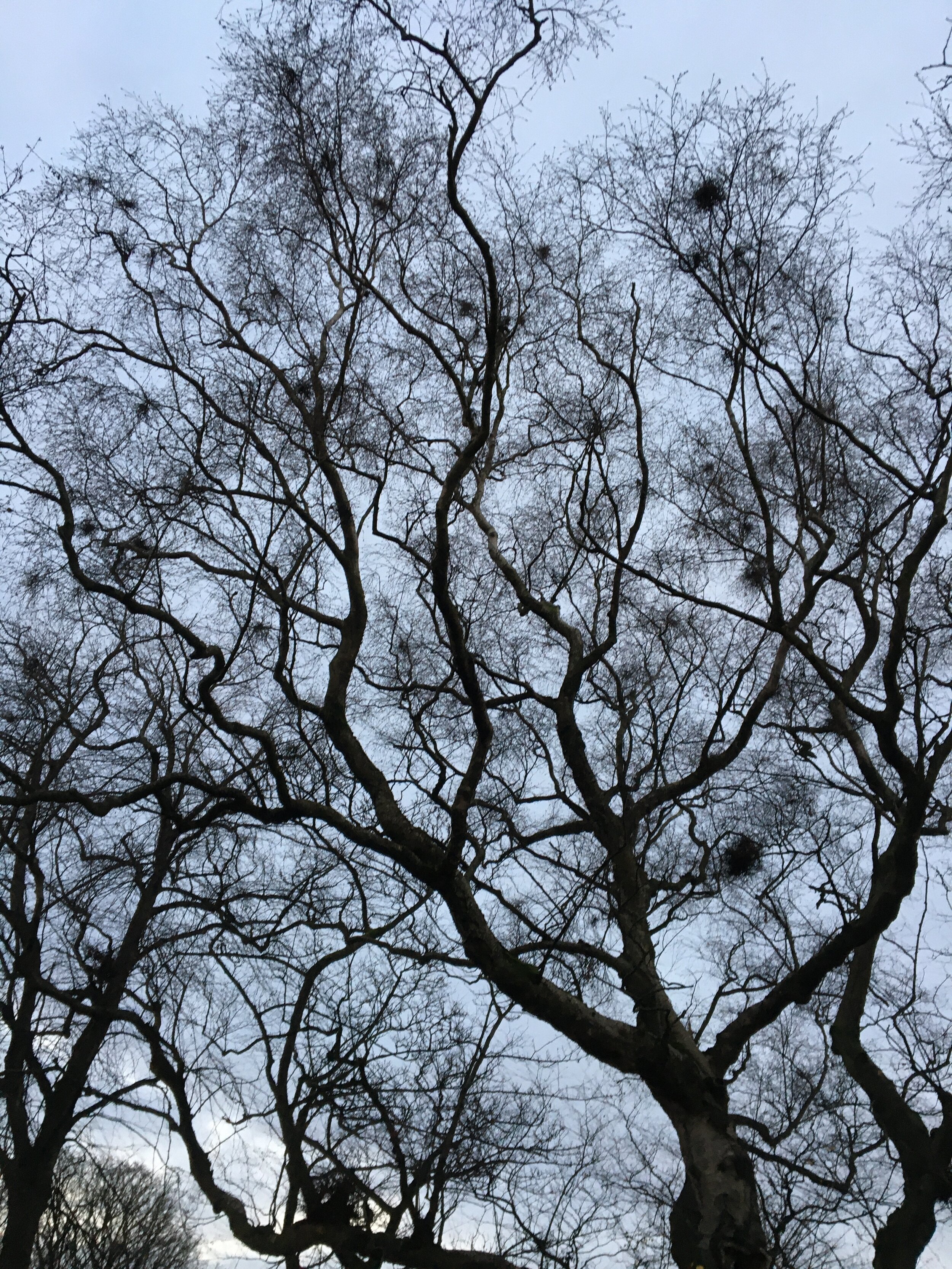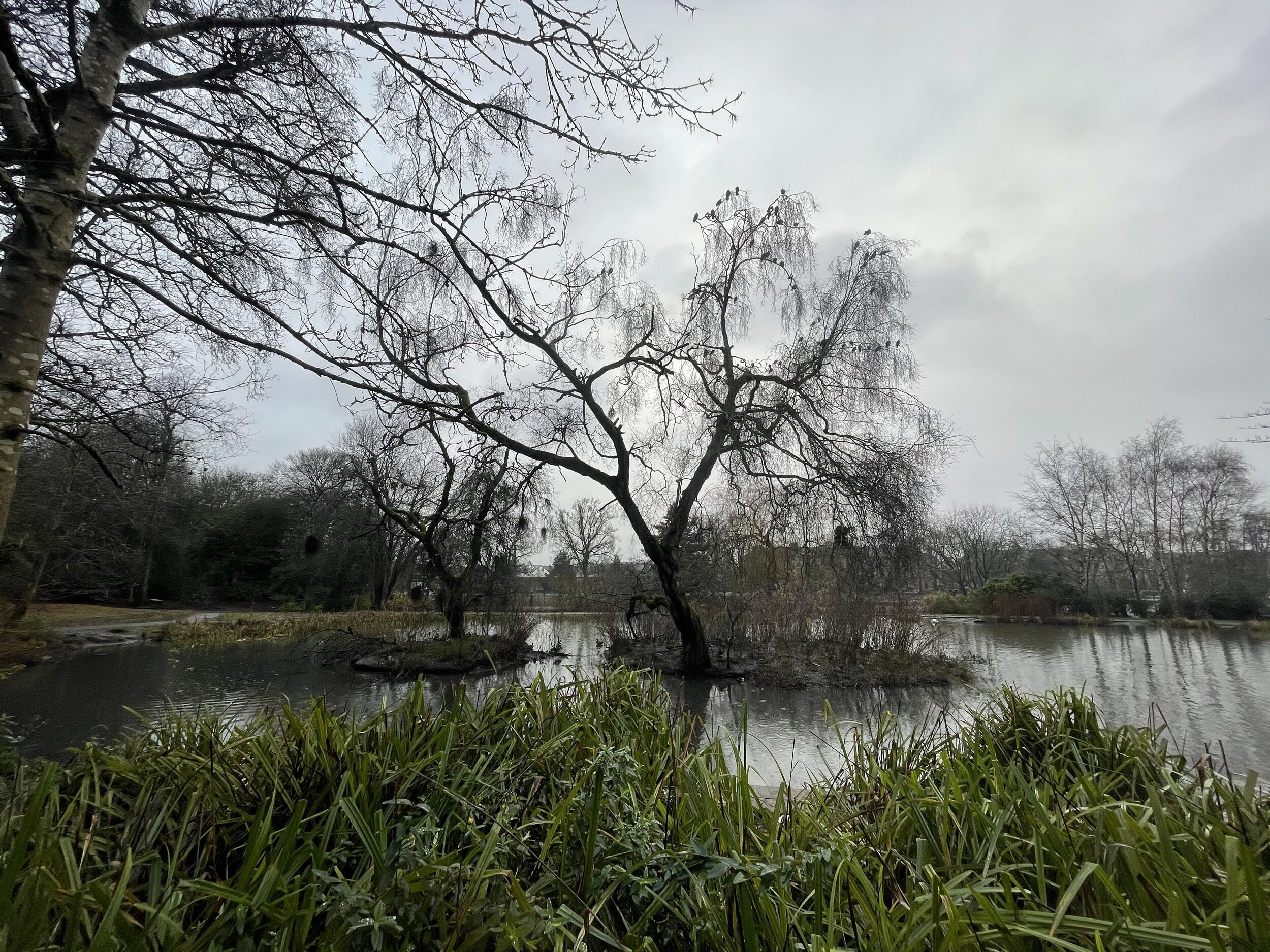1) What is a Nest?
I would define a nest as a safe but charged space or site of refuge and solace, created from materials that are naturally available.
To the bird? To the alligator? To the bee? To the tech giants? To the other? I’m not so sure, but I hope they would suffice and find common ground in my offering.
What types do you get?
Cup-Shaped Nest
Scrape Nest
Holes and Tunnels
Aquatic Nest
Platform Nest
Domed Nest
Mud Nest
Hanging, Woven & Stitched Nest
Mound Nest
Colonies & Group Nest
Edible Nest
What are their shapes?
Round
Blob-like
Plump
Cup
Cloudy
Cylinder
Flat
Squiggly
Jagged
Spiky
Flamboyant
I have been a captivated by nests, their shapes and their types since I was wee. I have sought the solace of small spaces and their mysterious, whispery charm since I hid in the hedge of my front garden looking at the robins and the blackbirds forage for worms and bits of crisps I’d drop there. I started to become even more fascinated after the very first time I came across an abandoned nest. I felt, held and cherished the delicate work of art found in the playground of Penpont Primary School, behind the porta-cabin where they kept the goal posts, PE equipment and the good Mitre footballs one lunch time. I remember running to my teacher, Mrs Moyes, telling her I found it. She firmly, though kindly, urged me to return it so I would not disturb the Mum or the Dad who might have been off tending to some other important duties. This was my first real reminder to not interfere or wreck something other but to let it be and to respect its place.
This blog is a site for thoughts that concern my research and fascinations I have towards nests as part of the Space, Place and People module of the MA Music and the Environment Course. I will share photographs, poetry, music and text that will help me investigate my line of enquiry: “What is Nesting” In this first post, I will share poetry, text and imagery that asserts my personal definition of the term “nest” and also offer a sense of the direction of travel I may take into the next post.
To begin, let us go digital. The connotations and aesthetic of a '“nest” isn’t necessarily exclusive to the natural world anymore and causes some abrasion with my initial definition. The first offer from internet search engine "Google suggests something rather different:
(Google/Nest Uk, 2020)
Google’s home communication system allows you to attain information and communicate with others through voice commands and applications across different devices - its presence always front facing and known and to be used and relied upon. This digital embodiment and use of the term to me subverts the very nature of what I think a nest is – a place of nurture, confession, refuge and retreat. A nook of safety and a cranny of warmth. Something built with what is naturally available. It is more and more interesting to me that technology is commodifying the connotations of the nest’s craft to sell a product. I bet a nest builder would not be able to assert the Google Nest as a suitable place to rest, raise young and seek refuge!
Here is a list I made of the materials available for the Google Nest:
Wires
Software
Metals
Plastic
Silicone
Chemical Adhesive
LED lights
Paint
Stickers
Barcodes
There is also the financial embodiment of the term “nest” which generally conveys a stash of money that is safely put aside in case of anything untoward. In contrast to the Google Nest, this is much more of a site of secrecy and security rather than information and communication. Here is a list I made of the materials available for the financial nest:
Digital Bank Account (0’s and 1’s)
Digital Savings Account (0’s and 1’s)
Paper
Fabric
Wooden Box with Lock
Key
Elastic
The craft embodied and employed to make this nest is usually done on a computer.
Next, let’s assert my definition by locating it in the natural world. Most commonly, nests are associated with birds who create a site to safely rear their young. Other animals build nests, such as bees, alligators, squirrels, mice, raccoons and skunks. Here is a list I made of the materials available for the nests of the natural world:
Twigs
Sticks
Fur
Wool
Mud
Leaves
String
Bark
Grass
Roots
Cobwebs
Moss
The craft embodied and employed to make this nest is not done on a computer.
Human artists have often sought to recreate nests with materials similar to this specific list. Andy Goldsworthy’s work is most notable. I uncovered and re-discovered a lot of his creations within his book Wood that denote and connote nests. Here are a few of his pieces that have moved me the most, built from contextually relevant natural materials:
Goldsworthy Nest 1
Goldsworthy Nest 2
Finally, I conclude with an autobiographical account. I was reminded of my intrigue towards nesting when speaking with my Mum recently, when recalling our youthful lockdown reminiscent conversations about life 25 years ago. Mum would return nightshift from Ninewells Hospital where she worked on the intensive care wards, before coming home to look after me and my brother who were pre-schoolers as my Dad went to university to study 20th Century History. Mum would invite us down to sleep with her in the morning on the couch as we watched Disney’s Robin Hood on repeat. There was a “cuddly bit” and the “nesty bit” which we would take turns in depending on mood swings, nurture needs or alertness to the video on the tele. Connotations of connection, warmth, home, love and nurture spring to mind when recalling these memories. Choreographic and compositional actions include weaving, layering and compiling. All vital nesting components.
At that age, I often found comfort in sitting in a washing basket in the kitchen when emptied of its load - looking and laughing and thinking and considering. It was my place to ponder and scheme, think and twist and turn. My Dad photographed me in it and my Mum drew a picture. I’ll look further for the photograph, but here is the drawing:
(Scott, E. 1996).
Here is a list I made of the materials my Mum illustrated from of the basket nest:
Human
Flesh
Skin
Hair
Sweat
Saliva
Clothes - Over-Sized Jumper
Plastic
Cheap Wicker
Fingers clinging on
Exploring “what is a nest” has been a good fact finding, list writing exercise. To lead me onto the next phase of my enquiry, I muse on the poet and philosopher David Whyte curious and alluring first stanza of the poem “Coleman’s Bed” which I believe captures my initial definition successfully:
Make a nesting now, a place to which
the birds can come, think of Kevin’s
prayerful palm holding the blackbird’s egg
and be the one, looking out from this place
who warms interior forms into light.
Feel the way the cliff at your back
gives shelter to your outward view,
then bring from those horizons
all discordant elements that seek a home.
(Whyte, D. 2018).
References:
Google/Nest UK. 2020. Available From: https://store.google.com/uk/product/nest_audio?gclid=CjwKCAiAt9z-BRBCEiwA_bWvLJ6D4KXPsT9zG3o4cVBKkN4H04q6pHjnvSpGL32e7ZnfwUCk_ts5RoC2PYQAvD_BwE&gclsrc=aw.ds (Accessed September 20 2020)
Goldsworthy, A. 1996. Wood. Harry N. Abrams, Inc. Images available from:
- 1 = https://www.pinterest.co.uk/pin/110338259592330338/
- 2 = https://www.pinterest.co.uk/pin/141863456982350827/
(Accessed September 20 2020)Scott, Emma. 1996. Zac in the Basket.
Whyte, D. 2018. Coleman’s Bed. River Flow New and Selected Poems. Many Rivers Press. Poem Available From: http://rollingridge.net/wp-content/uploads/2018/06/Coleman.pdf (Accessed September 20 2020).
